Clever Uses for Cream of Tartar
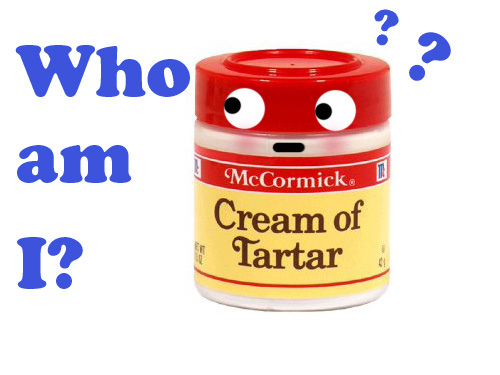
Let’s talk about cream of tartar. What is it, exactly? Cream of tartar is a natural byproduct of wine and grape juice processing; it’s the sediment left over in barrels after this processing.
Chemically, it’s an acidic salt which acts as a stabilizer in recipes that require whipped egg whites (meringue, angel food cake, and soufflé, for instance). When whipped, egg whites (also known as albumen) can swell up to eight times their initial volume, so adding cream of tartar keeps them from collapsing and increases their heat tolerance, thus allowing the whites to do their job.
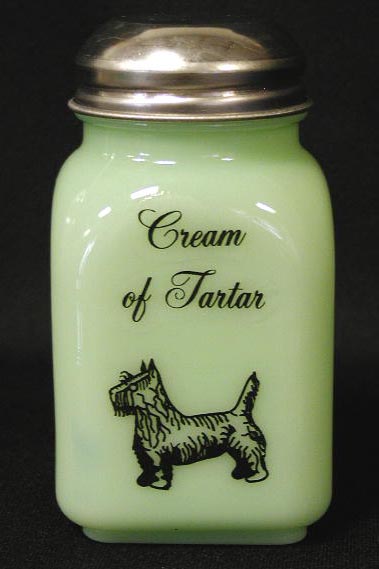
Cream of tartar is powerful—a little goes a long way. It doesn’t spoil or in any way lose its potency, so you can have it on hand for years. And this clever ingredient can do much more than just enhance baked goods and whipped cream. For instance:
It prevents sugary syrups, chocolates and candies from crystallizing.
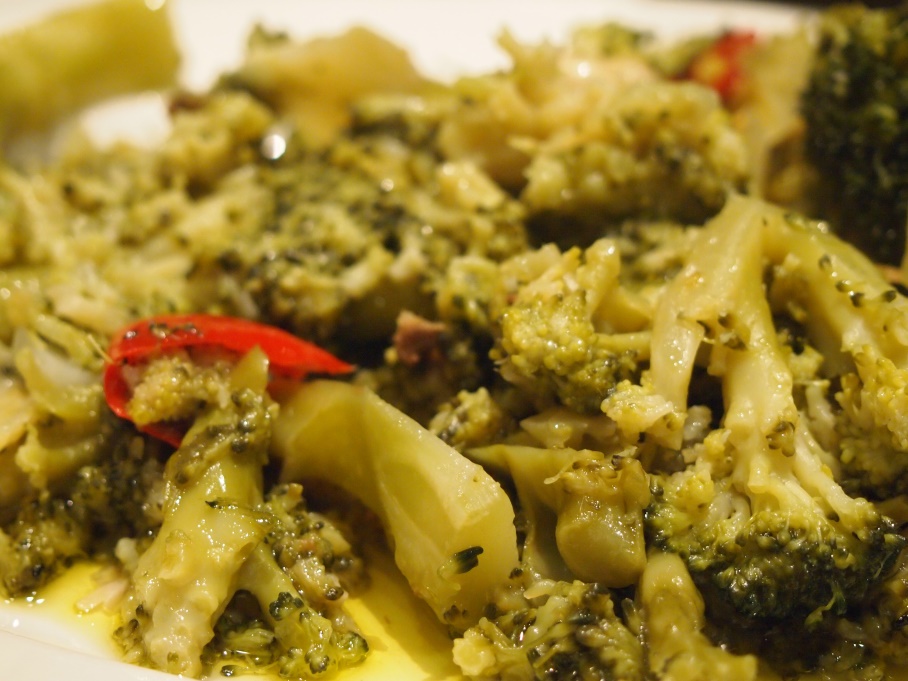
It reduces the discoloration of vegetables during steaming or boiling when it’s added to their water.It’s a great metal cleaner. Just make a paste of cream of tartar and vinegar (or any other acid, such as lemon juice) and use it to buff or scrub your cookware. To do this, combine 2 1/2 cups baking soda, 1 1/2 cups salt, and 2 tablespoons cream of tartar. Store this cleaner in an airtight container. When you’re ready to use it, pour a couple tablespoons of the powder onto the cookware and scrub with a moist nylon scrubber.
For more stubborn buildup on the insides or outsides of your cookware, boil a solution of 2 tablespoons cream of tartar, 1/2 cup vinegar or lemon juice, and 1 quart water in the dirty pan for ten minutes, or submerge the dirty pan in this mixture (if the problem is on the outside of the pan).
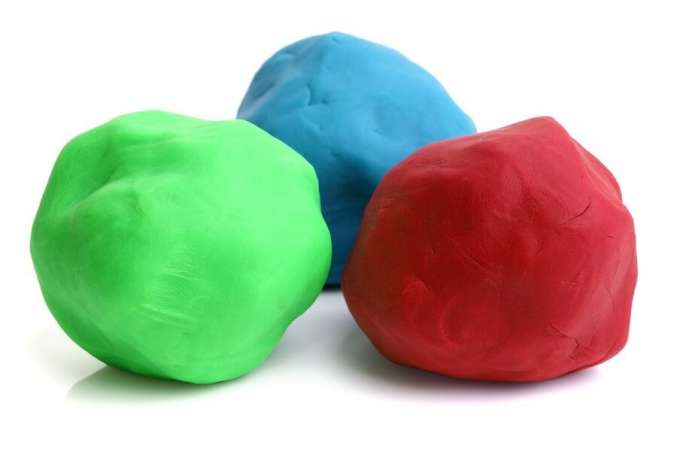
It helps prevent the formation of crystals when added to a homemade Play Dough recipe.®It creates a smoothness and sheen when added to icings, syrups, and caramel.

It does a good job of repelling ants (without poisoning your pets!). Just sprinkle cream of tartar anyplace you notice their entrance (especially in the cracks and crevices near doorways).
It’s a superb sink, tub and shower cleaner. Simply combine a small amount of hydrogen peroxide with cream of tartar to make a paste. Spread the paste over the area to be cleaned. Scrub with a brush and rinse well. You’ll notice you don’t have to rinse and rinse to remove any paste residue, as you need to when using abrasive cleansers. You get a clean sparkle without wearing away the surface (like cleanser does).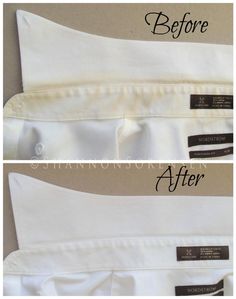
It does a super job of removing sweat stains from the collar area of dress shirts. Just dampen the collar area and rub in some cream of tartar. Launder as usual.Finally, when in a pinch, you can make your own baking powder by combining two parts cream of tartar with one part each baking soda and cornstarch. Store this in an airtight container. But be sure to make plenty, because considering all the uses for this clever ingredient, you’ll be using it for more than baking!
- www.cakespy.com
- www.razorfamilyfarms.com
- www.reddit.com
- www.familyeducation.com
- www.tripadvisor.com
- www.lifeyourway.net
- www.pinterest.com
 Alice Osborne
Alice Osborne
DVO Newsletter Contributor since 2006
Email the author! alice@dvo.com
